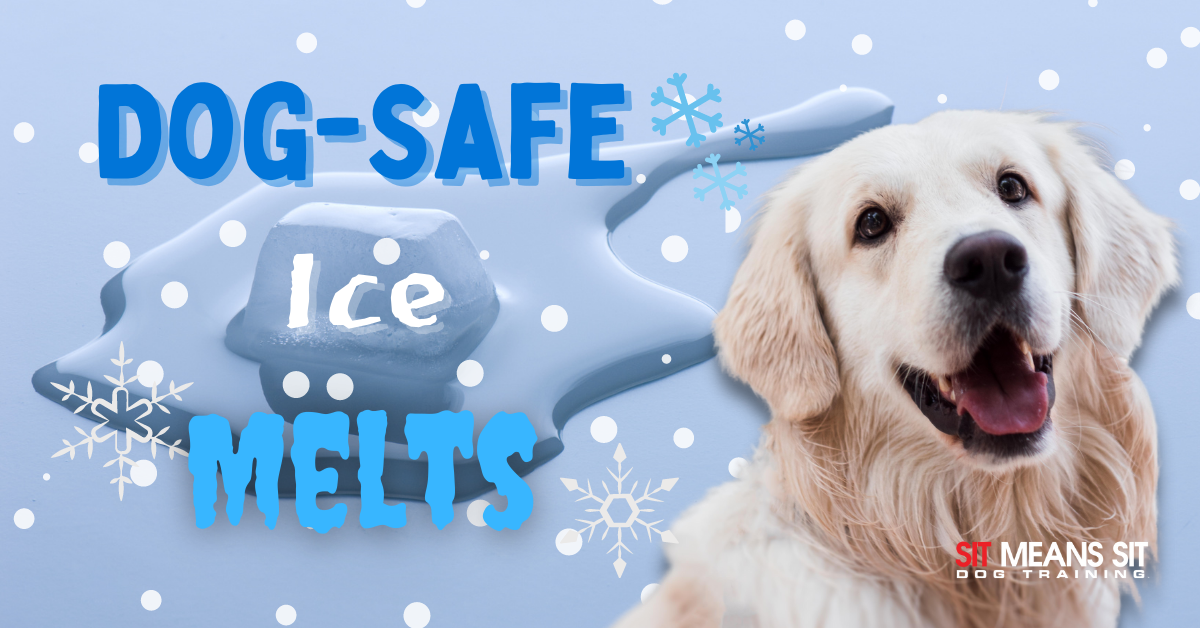
Why It’s Important to Use Pet-Safe Ice Melts
When it’s cold outside, that usually means some winter precipitation isn’t far behind! Between getting hit with ice, snow, sleet, etc., you and your pup are probably missing your long walks in the sunshine. But, you can still enjoy the outside with your pooch in the winter, you just have to be cautious of harmful ice melts! Here are some things to keep in mind when taking your dog around areas with ice melts.
Why Are Ice Melts Harmful?
You may have never thought twice about the small ice melts spread around concrete before, but if you have a dog, you need to be on the lookout! Ice melts are usually made of different types of salt like magnesium chloride, Sodium chloride, calcium chloride, and potassium chloride. While this is perfectly safe to walk on with protection (like doggie boots), some dogs are sniffers or lickers meaning they may accidentally ingest the ice melt. Or if they aren’t wearing foot protection, ice melts could get stuck in the leg fur or on their footpads and be later ingested.
Ice Melt Ingestion
Ingestion is more than likely accidental, but the act can still cause your dog to get sick. Usual symptoms include:
- Upset stomach
- Vomiting
- Diarrhea
- Dehydration
- Tremors/Seizures (elevation in sodium levels; a large amount ingested)
- Mouth Ulcers (calcium chloride)
Pet-Friendly Ice Melts
If you have a furry friend, it’s a great idea to purchase ice melts that are dog-safe. These ice melts will contain magnesium or urea chloride. While pet-safe ice melts won’t cause extreme harm, they can still leave your dog with an upset stomach so be sure your pooch isn’t licking it up! If you want to take your dog to an area with ice melts that you aren’t sure are safe, just be cautious and keep close supervision. If you notice any symptoms after your dog has been exposed to ice melts, contact the vet immediately to get your canine companion checked out.
Ice melts are a necessity in many wintery areas of the world, but there are a few things you can do to help prevent your dog from harm:
- Don’t let your pup eat any snow that could’ve come in contact with ice melts, especially if it is slushy and is around a treated area (even in snow that has been walked in)
- Wipe down the fur on your dog’s legs, paws, and paw pads to remove any stuck on ice melts
- Use footpad protection if you notice your pup’s paws becoming irritated from ice melts (like a balm or wax)
- Store ice melts out of your dog’s reach completely
Being cautious of ice melts doesn’t mean you and your furball can’t enjoy a snow day! Use the proper precautions, protection, and melts and your dog should be just fine. Plus, you don’t want to miss out on how adorable they’ll look in their winter coat!
